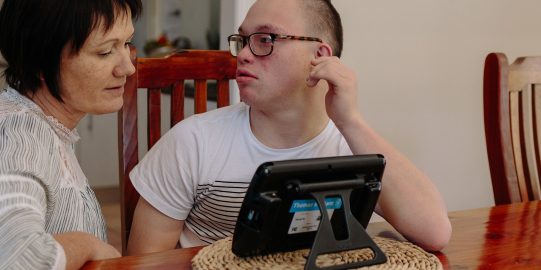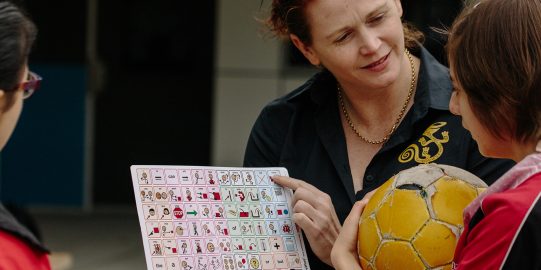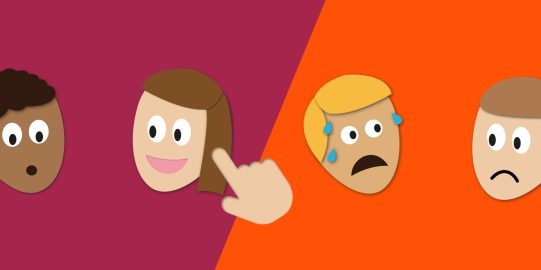People who use Augmentative and Alternative Communication (AAC) instead of talking, need language, like everyone else. Language is about words and sentences, and is used to speak, listen, read and write.
We need language so we can communicate for a wide variety of reasons. We call these reasons communication functions. They are the different reasons that we communicate every day with the world around us.
AAC should give communicators words to say what they think, ask for things, tell stories and jokes, ask questions, and share what they know.
Modeling communication functions
To learn the language needed to communicate for different reasons, AAC learners need to see others use it. As we talk to them, we model by pointing to words on the user’s AAC system. We model during day-to-day interactions. And just like we model to teach words, we also can model examples of different communication functions. We can show how we communicate different messages for different reasons, using the AAC.
Beyond requesting
Most often, AAC is used for only one communication function—requesting. AAC users can get really good at asking for things. They can make requests for food, favorite shows, places to go, YouTube videos, etc. Making requests is motivating for AAC users. It may be one of the first reasons they use their AAC.
Find a full list of communication functions in the AssistiveWare Core Word Classroom.





